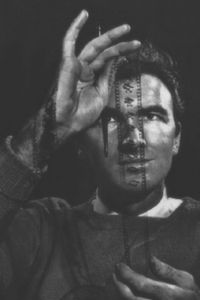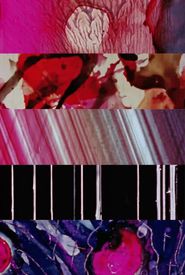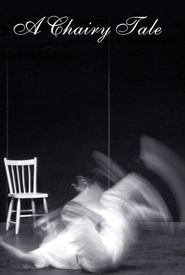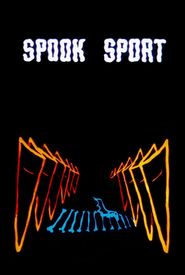Norman McLaren, a trailblazing filmmaker and animator, is renowned for his extensive contributions to Canadian cinema. Born in Scotland, he enrolled in the Glasgow School of Fine Arts in 1932 to pursue a career in set design. However, his early fascination with animation led him to experiment with unconventional techniques, including scratching and painting film stock by hand, due to limited access to cameras.
McLaren's professional journey began in the early 1930s, working as a cameraman in Scotland and England. He later traveled to Spain in 1936 to document the Civil War. As war loomed, he emigrated to the United States in 1939, and two years later, he relocated to Canada at the invitation of John Grierson to work for the National Film Board (NFB).
Despite creating propaganda films for the NFB, McLaren continued to nurture his experimental work in his spare time. He eventually founded the animation department at the NFB, where he produced some of his most acclaimed works. His 1952 masterpiece, Neighbours, showcased pixilation, a technique that involved capturing moving people and objects a few frames at a time, resulting in a frantic, otherworldly aesthetic. The short film earned McLaren an Academy Award.
Throughout his career, McLaren explored various styles and techniques, including the use of an optical editor in Pas de Deux (1968),filming through a prism in Line: Horizontal (1962),and incorporating live-action scenes featuring himself in Opening Speech (1960).
In addition to his film work, McLaren collaborated with UNESCO in the 1950s and 1960s on programs aimed at teaching film and animation techniques in China and India. His five-part "Animated Motion" series, produced in the late 1970s, served as an exemplary guide to the fundamentals of film animation.
Norman McLaren passed away in 1987, leaving behind a lasting impact on the film and animation industries. The Canadian Film Board honored his legacy in 1989 by naming the CFB head office building the Norman McLaren Building.































